Placemaking Postcards is a blog series from the Bass Center for Transformative Placemaking at Brookings where policymakers and practitioners guest-author promising placemaking efforts from across the U.S. and abroad that foster connected, vibrant, and inclusive communities. In line with the principle tenets of placemaking, the goal of the series is to recognize the community as the expert, highlight voices from the field, and to create a community of learning and practice around transformative placemaking.
Mesa, a city just east of Phoenix, Arizona, is part of the fastest growing metro area in the state and one of the most populous cities in the nation. But along with its rapid growth and development, new cleavages across people and places are emerging—particularly in the downtown area, where an estimated $1.27 billion in approved development is planned over the next five years.[i]
For the predominantly Latino and low-income residents in the downtown Southside neighborhoods, the question has become: How can residents harness downtown growth and development to benefit longtime residents of color who have been neglected and deprioritized for much of the city’s history?
The community organization that we represent, RAIL Community Development Corporation, believes that a good place to start is through Pláticas—community conversations that meet residents where they already are, identify informal leaders already working on behalf of their community, and equip neighbors with the tools to launch their own “placekeeping” projects to shape development in their neighborhood.
Shifting forces of development in a diverse suburban city
Historically, most development in Mesa was concentrated in the eastern sections of the city, where farmland was converted to housing. But just as these shiny new developments represented progress to some, Mesa’s downtown Southside neighborhoods became more Latino, more impoverished, more neglected, and more economically precarious. Today, Southside neighborhoods are 71% Latino and 37% foreign born, with 63% of households speaking Spanish as the primary language and a median household income of less than $32,500.[ii]
These development patterns began to shift in the early 2000s and have since accelerated as more dollars flow to the downtown. Today, among the billion plus in projects approved for development for the area are for Arizona State, an estimated 1,100 units of market rate and luxury apartment buildings under construction, and an additional 2,500 units in various stages of pre-development.
While this development has brought new growth to Mesa’s previously neglected core, it has also raised new concerns of displacement and exclusion among Southside’s Latino residents.
 Photo credit: Rail CDC
Photo credit: Rail CDC
How an informal community group became permanent civic infrastructure
In 2013, an informal group of community members—ourselves included—began organizing under the name of RAIL Mesa to prevent displacement during the construction of a light rail extension to connect downtown Mesa to other metropolitan Phoenix transit corridors.
Over six years, we worked as an informal community collective within downtown Mesa and the Southside neighborhoods to implement various community-led initiatives, including a Heat Action Plan, a Mesa Prototyping Project, and a small business technical assistance program for underserved business owners. Through the early stages of this work, we saw the acute need for a formal organization to take the lead in convening residents and businesses to move grassroots initiatives forward.
To meet this need—and with support from LISC Phoenix—we launched RAIL Community Development Corporation as a formal organization in 2019. Our mission is to support a more resilient community and economy with access to quality jobs, transit, housing, and education for all, by working with neighbors, small businesses, artists, non-profits, and more. A key step toward those ends was to help Southside residents identify and implement strategies for combating displacement.
Pláticas: Community conversations to build community power
The first goal in our anti-displacement programming was to understand the layers within the Southside communities, listen to a diverse range of perspectives, and identify community engagement strategies to support neighborhood priorities.
We set up a series of Pláticas—or community conversations—in the Southside Neighborhoods. The purpose and format of the Pláticas is simple—to bring people together in their neighborhood in places where they already gather and have conversations about the existing opportunities and challenges they face. These gatherings are an opportunity to build relationships and identify existing leaders in each of these neighborhoods, who can then help build buy-in and engage their neighbors for anti-displacement strategies.
To get a better sense of where to hold the Pláticas, we began an observation phase—walking, riding bikes, and driving through the neighborhoods to see where residents are gathering at different times of the day. This allowed us to see the informal networks that already exist so we could set up Pláticas in areas where people are already comfortable going.
 Photo credit: Rail CDC
Photo credit: Rail CDC
One of the first places that we identified was a pop-up taco shop (Ricky’s Tacos) that a family set up in their front yard on the weekends. The family agreed to let RAIL CDC have a Plática during the times they are open. RAIL CDC would pay for the food, and to spread the word, we paid youth in the neighborhood to pass out fliers—resulting in the attendance of about 40 people from the neighborhood. Seventy-four neighborhood residents attended the second Plática, organized in the adjacent neighborhood at another taco pop-up, Southside Tacos. These conversations are ongoing—part of a community engagement strategy to strengthen and build trust with those who have typically been excluded from planning.
The week after each Plática, RAIL CDC organizes a “walking audit” in that neighborhood. We invite everyone who attends the Plática and other residents to walk around their neighborhood with us and identify the physical aspects of the neighborhood that they love and challenges that can be improved. Throughout the walk, people take pictures of those opportunities and challenges so that we can record them and put them into a report. The report is then presented to the participants in the neighborhood, as well as other residents who were not able to attend previous engagements, so they can discuss and decide on small projects that can be prototyped in the neighborhood.
From Pláticas to placekeeping
To move from Pláticas to community-led placekeeping projects, we provide a series of workshops for residents to learn the process of prototyping small-scale placekeeping projects in their neighborhood and along the commercial corridor. These projects are executed by residents, and RAIL CDC is currently fundraising and building on the partnership with LISC Phoenix and State Farm, which have provided the seed funding for creative placekeeping projects.
This is just the start. The next phase of this work will be to start the long and exciting process of community-rooted economic inclusion, with a strong focus on anti-displacement strategies. While displacement is a widespread challenge in hot-market cities nationwide, we believe Mesa may be well-prepared to combat it. Our efforts to date have helped us strengthen relationships, build trust, and find the small wins that will encourage residents to engage to meet this difficult and complex challenge.
Notes
[i] Approved developments and estimated value compiled by the authors from publicly available information from various sources including the city of Mesa.
[ii] Information compiled by the author based on Census data from multiple Census tracts that the Southside neighborhoods fall under MSA-State-County-Tract: 38060-04-013-4220.01 and 38060-04-013-4219.02): https://geomap.ffiec.gov/FFIECGeocMap/GeocodeMap1.aspx; https://ejscreen.epa.gov/mapper/.
The Brookings Institution is committed to quality, independence, and impact.
We are supported by a diverse array of funders. In line with our values and policies, each Brookings publication represents the sole views of its author(s).
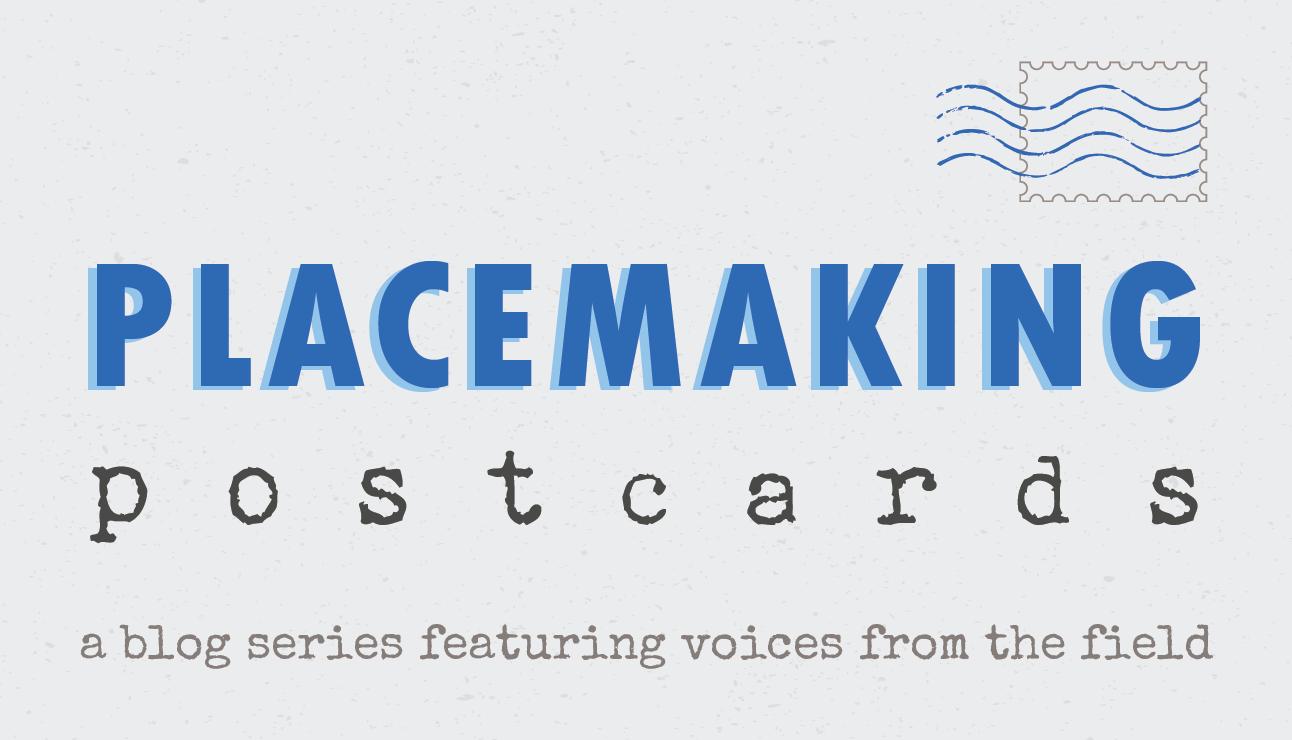
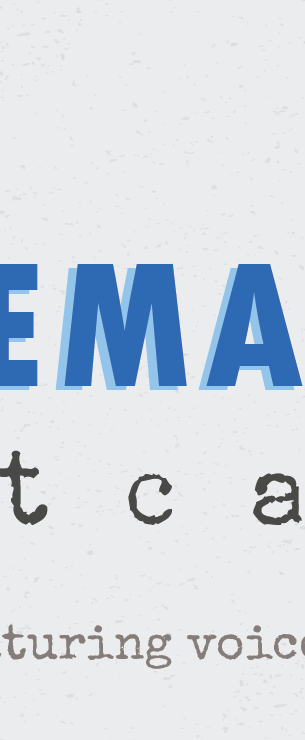
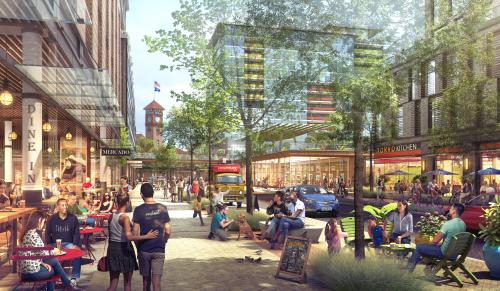
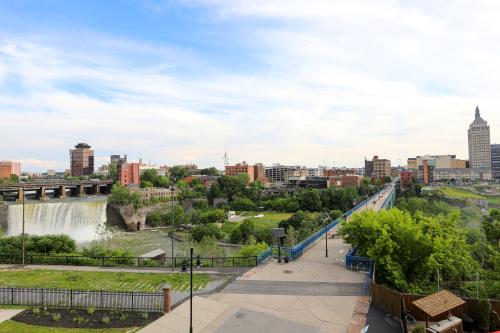
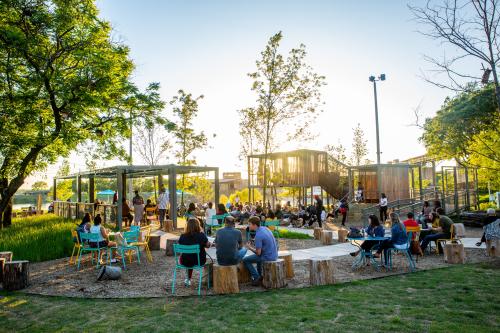



Commentary
Pláticas: How Mesa, Ariz. is combatting displacement with community conversations
September 30, 2021